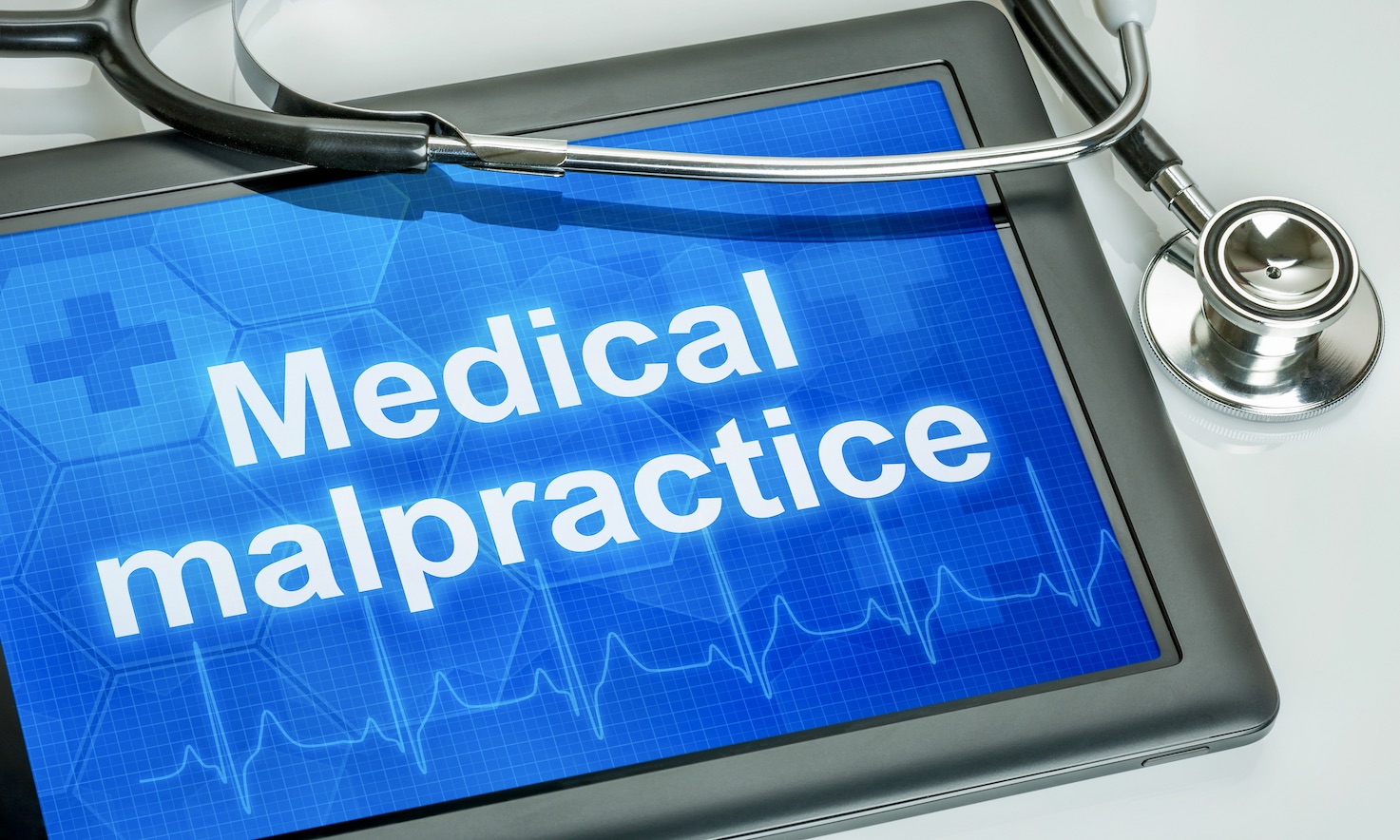How Training Prevents Errors and Protects Patients
Physicians are taught that their first duty is to relieve suffering and provide the best possible care. Yet mistakes can occur—through accidents, system failures, or miscommunication—and some lead to serious harm or wrongful death. As a result, medical malpractice claims have become a reality of modern healthcare. To reduce errors and improve outcomes, malpractice awareness and patient-safety science are now core parts of medical and nursing education.
Why Malpractice Education Matters
Legal exposure isn’t the only reason malpractice education belongs in the curriculum; it’s fundamentally about patient safety. Training clinicians to recognize risk, follow safety protocols, and communicate clearly helps prevent avoidable harm and builds trust with patients and families.
Adverse Outcome vs. Negligence
Not every poor outcome is malpractice. Clinicians must distinguish between:
- Adverse events (e.g., known side effects or complications despite appropriate care), and
- Negligence (a breach of the standard of care that causes harm).
Education emphasizes this distinction and teaches teams to identify preventable causes of harm. High‑profile “never events,” such as wrong‑site surgery, underscore the importance of rigorous verification and communication.
Communication and Safety Protocols
Most preventable injuries stem from breakdowns in communication and process design. Effective programs reinforce:
- Preoperative verification and “time‑out” checklists to confirm patient, procedure, and site.
- Surgical‑site marking and barcode ID bracelets to ensure correct patient and procedure.
- Read‑backs of verbal orders and critical lab values to avoid misunderstandings.
- Medication reconciliation at every transition of care.
- Escalation pathways so nurses and staff can raise concerns without fear of reprisal.
What Today’s Curricula Include
To prepare clinicians, medical and nursing schools integrate malpractice‑related topics with patient‑safety science, including:
- Case‑based learning & morbidity/mortality (M&M) reviews focused on systems improvement.
- Simulation training for high‑risk scenarios (airway emergencies, code response, handoffs).
- Root‑cause analysis (RCA) and human‑factors engineering to fix latent system risks.
- Team communication (SBAR, closed‑loop communication) and interprofessional practice.
- Ethics and legal fundamentals—informed consent, documentation, and disclosure after adverse events.
Evolving Guidelines and High‑Risk Areas
Guidelines update frequently as evidence grows—especially for populations and settings with elevated risk:
- Elderly and polypharmacy: careful dosing, interactions, and fall prevention.
- Surgery and procedures: sterile technique, counts, imaging verification, device tracking.
- Prescribing: clinical decision support, allergy checks, and monitoring high‑alert meds.
Teaching is only the first step; consistent adherence at the bedside is what protects patients—and clinicians—from avoidable harm and litigation.
For Clinicians and Patients: Reducing Risk Together
- Clinicians: follow checklists, document thoroughly, debrief after near‑misses, and participate in safety reporting.
- Patients & families: share full medication lists, ask questions, confirm procedures, and speak up about changes in symptoms.
When medical errors cause serious injury, families can explore their legal options. Learn more about standards of care, investigations, and potential remedies on our medical malpractice page.
Disclaimer: This article is for informational purposes only and does not constitute medical or legal advice. For guidance about your health, consult a licensed clinician. For legal advice about potential malpractice, consult a licensed attorney.

